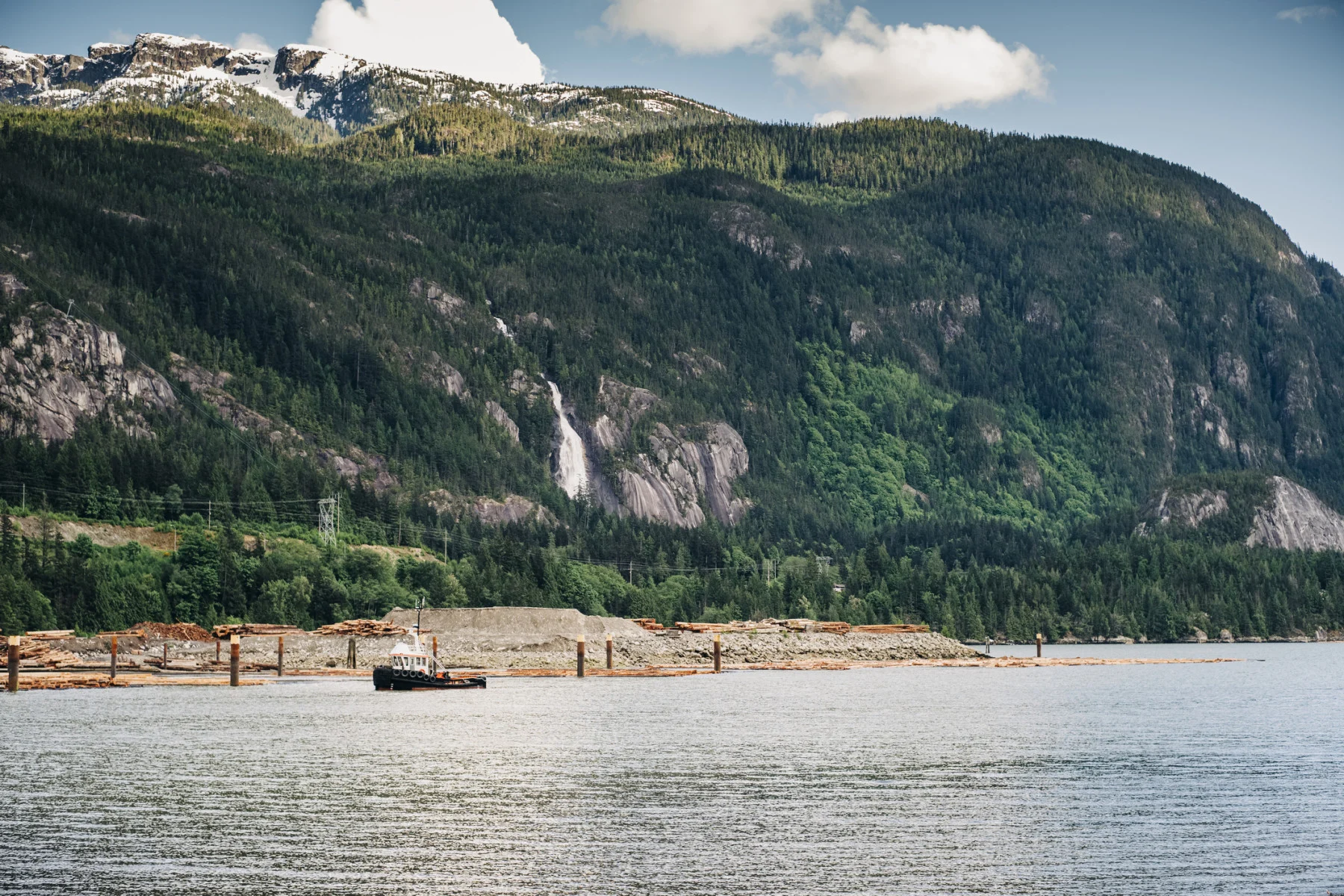
Howe Sound region becomes Canada’s 19th UNESCO Biosphere Reserve
Six months ago, The Weather Network took an in depth look into the past, present, and future prospect of Howe Sound. Our team explored how the history of mining pollution and the ongoing impacts of climate change were affecting the Sound’s ecosystems, and how several groups of local government, environmental organizations, and the Squamish First Nation were working together to better protect the region.
It is one of British Columbia’s most inspiring success stories. The Howe Sound region went from one of the most polluted areas in Canada to a vibrant waterway that is home to a wide variety of marine life. And now the effort to make sure Howe Sound stays this way took another step forward as the inlet has officially been named Canada's 19th UNESCO Biosphere Reserve.
It wasn’t too long ago that the whales and porpoises all but disappeared from Howe Sound after mining in the area polluted North America's southernmost fjord. It took a collective effort from municipalities, provincial government, and the Squamish First Nation to clean up the water, but life is returning to the Sound as mitigation continues.

A tugboat motors past a log sort on the shores of Howe Sound, beneath the iconic Shannon Falls. (Alex Ratson/ Moment/ Getty Images)
In December of 2020, the Howe Sound Biosphere Region Initiative Society submitted a nomination to the United Nations Educational, Scientific and Cultural Organization, a specialized agency of the United Nations in Paris, to establish Howe Sound as a biosphere. That nomination, now approved, designates Howe Sound a place of global ecological significance.
The Biosphere Reserve, which is located on the territories of the Coast Salish peoples, covers 218,723 hectares, starting in West Vancouver, extending out to near Whistler, and as far west as the Sunshine Coast.
The core protected areas include five B.C. Provincial Parks and several marine refuges, including areas for endangered glass sponge reefs. While the announcement does not grant any legal authority, there are hopes that the recognition will help promote conservation and sustainable development in the area.
Thumbnail credit: Lijuan Guo Photography/ Moment/ Getty Images







